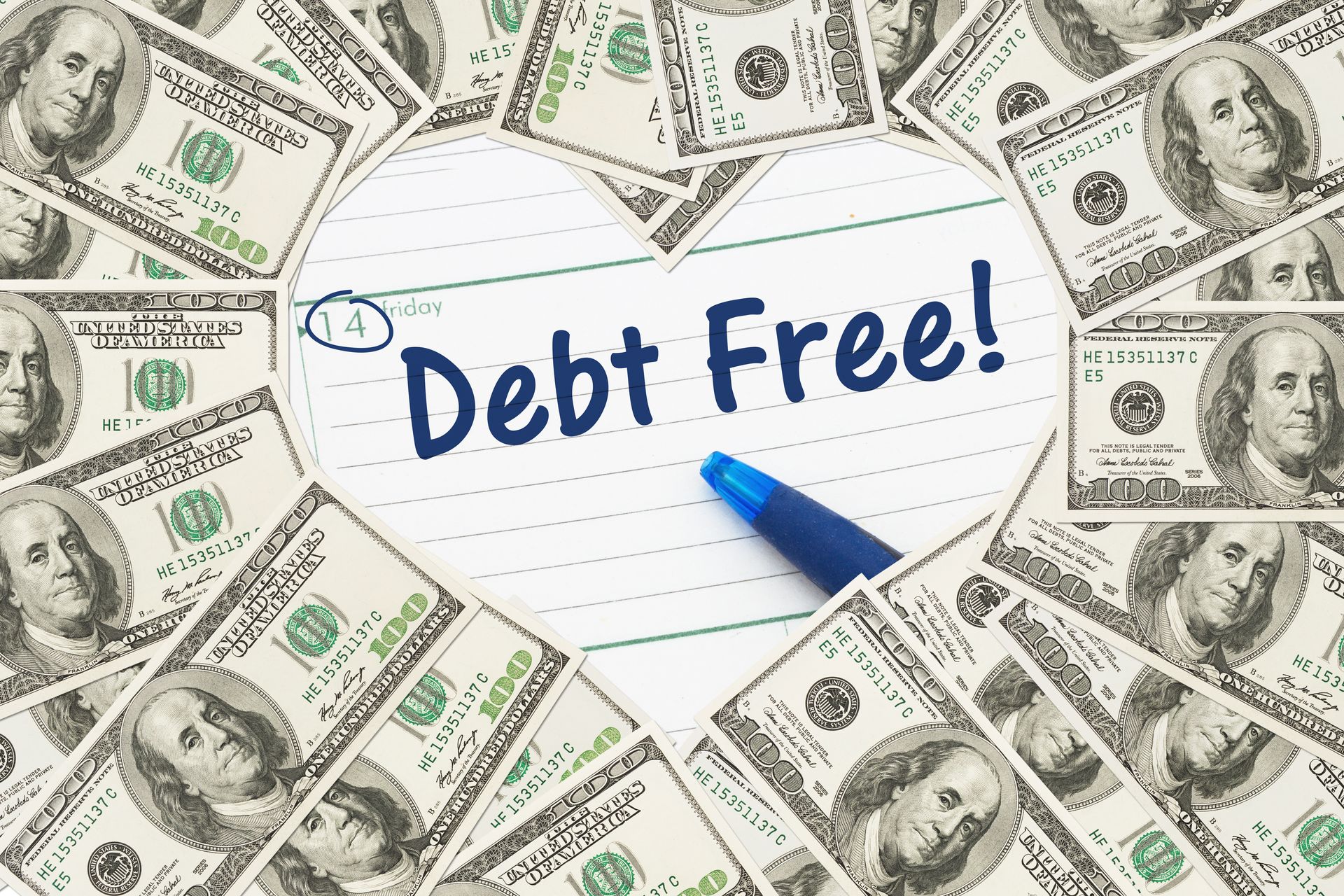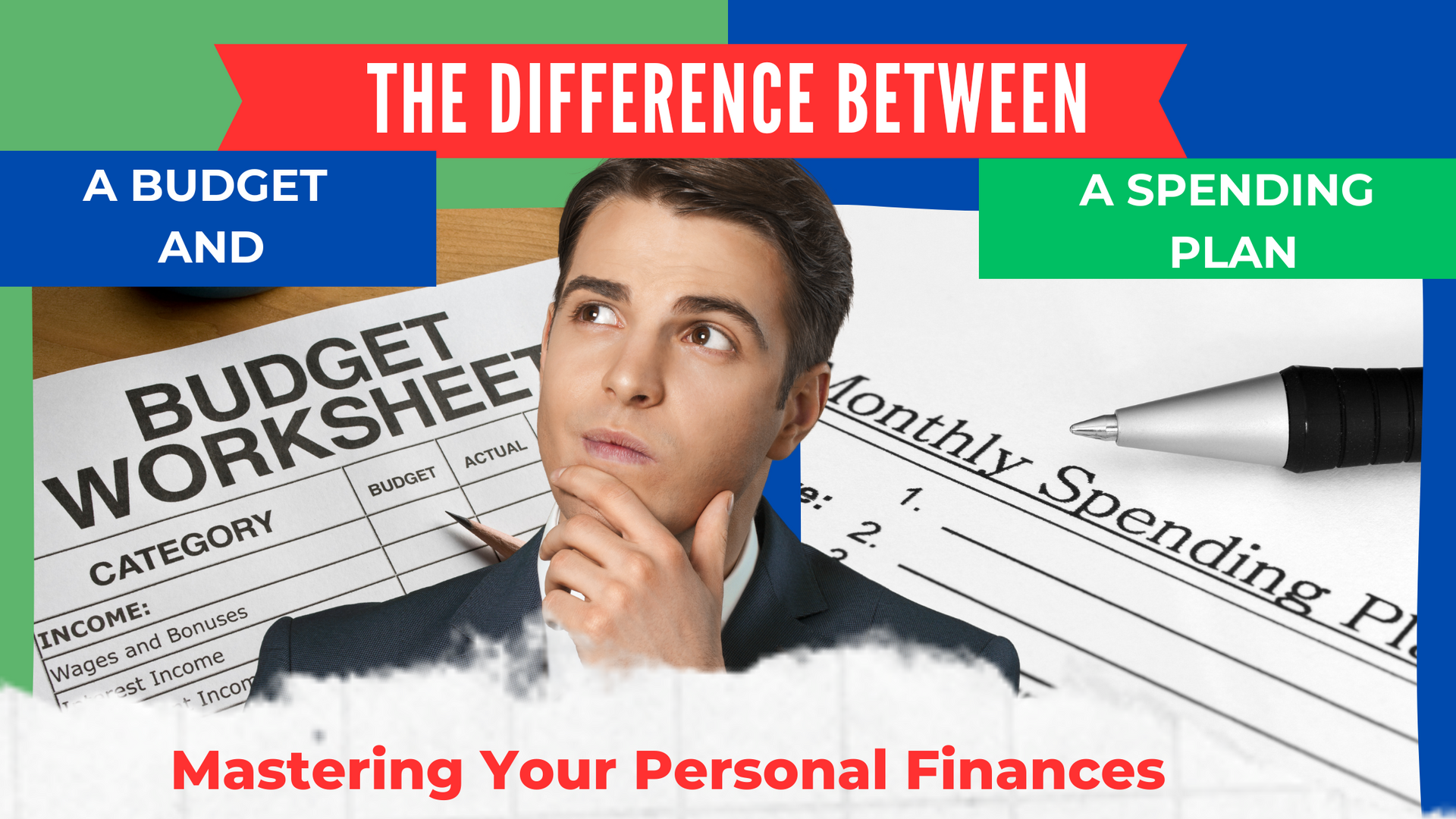Get in touch
555-555-5555
mymail@mailservice.com
Get Out Of Debt: A Snowball's Chance

People often look to their Brokers and Financial Advisors as examples of how they should manage their finances. There is an old saying in the financial community: "Your broker is probably broker than you…". This saying is more accurate than you think. In my own case, I did not follow my own advice for the first 10 years that I was in this business. My wife and I were in debt; we lived beyond our means and did not have much money left for savings.
It wasn't until I first read Dave Ramsey's book Total Money Makeover (https://amzn.to/3Bb9dxx) that my life and finances changed. At that point, my wife and I buckled down, focused on living within our budget, paid down all our debt, and then began living a different life. We have fallen off the wagon several times, especially when we started our businesses. With the tools we will discuss in this chapter, we have quickly gotten back on track.
Debt can feel like a weight that holds you back from achieving your financial goals and living your best life. Suppose you're looking for a proven method to eliminate debt quickly and efficiently. In that case, the debt snowball strategy might be your answer. This strategy was popularized by Dave Ramsey through his Financial Peace Univerity. This technique has helped countless people regain control of their finances and work towards a debt-free future. This article will explain how to create and manage a debt snowball and discuss which debts you may not need to pay down before focusing on long-term savings goals.
Understanding the Debt Snowball Strategy
The debt snowball method is a debt repayment strategy focusing on paying off your smallest debts first, regardless of their interest rates. By tackling your smallest debts and working your way up, you create a sense of momentum and motivation, making eliminating debt more manageable and encouraging you to stay committed to your financial goals.
Creating Your Debt Snowball
To create your debt snowball, follow these steps:
a) List your outstanding debts: Write down all your debts, including credit cards, student loans, car loans, personal loans, and other outstanding balances.
b) Order your debts from smallest to largest: Arrange your debts in order of the smallest balance to the most significant balance, ignoring the interest rates. This order will be the sequence in which you'll pay off your debts using the debt snowball method.
c) Determine your monthly payments: Calculate the minimum monthly payment for each debt.
Managing Your Debt Snowball Over Time
Once you've created your debt snowball, it's time to implement the plan. Follow these steps to manage your debt snowball effectively:
a) Make minimum payments on all debts: Each month, make the minimum payment on all your debts, ensuring you don't miss any payments or incur late fees.
b) Allocate extra funds toward the smallest debt: Any additional money you have after covering your minimum payments should be applied toward the smallest debt in your snowball. This accelerates the repayment process, allowing you to pay off the smallest debt as quickly as possible.
c) Roll over payments to the next debt: Once the smallest debt is paid off, take the amount you were paying towards that debt (including the extra funds) and apply it to the next smallest debt in your snowball. This will increase the payment on your second debt, helping you pay it off faster.
d) Repeat the process: Pay off your debts in the order of your debt snowball, rolling over payments as you eliminate each balance. Over time, your payments will become larger and larger, like a snowball rolling downhill, enabling you to tackle even the most substantial debts more quickly.
Debts You May Not Need to Pay Down Before Focusing on Long-Term Savings Goals
While the debt snowball strategy can effectively eliminate high-interest consumer debts, it's essential to recognize that not all debts must be paid off before you begin saving for long-term goals. Some examples include:
a) Low-interest mortgage debt: Mortgage debt typically has a lower interest rate than other debt forms. Furthermore, mortgage interest may be tax-deductible, making it less costly than other debts. Instead of focusing on paying down your mortgage early, consider allocating funds towards retirement savings or investments with a potentially higher return.
b) Federal student loans: Depending on your income and occupation, you may qualify for income-driven repayment plans, loan forgiveness programs, or other repayment assistance for federal student loans. If eligible for these benefits, you may only need to prioritize paying off your student loans after focusing on long-term savings goals.
Balancing Debt Repayment and Long-Term Savings
While using the debt snowball method to eliminate high-interest debt is essential, balancing debt repayment and long-term savings is equally important. Here are some tips to help you find that balance:
a) Create an emergency fund: To save at least 3-6 months' living expenses in an easily accessible account. This will help you avoid taking on more debt in case of unexpected expenses or a loss of income.
b) Contribute to your retirement savings: If your employer offers a 401(k) or similar retirement plan, consider contributing at least enough to maximize matching contributions. This free money can grow over time and help secure your financial future.
c) Pay off smallest accounts first: Focus on paying down smallest debts, such as credit cards and personal loans, before allocating funds towards long-term savings goals. The interest savings from eliminating these debts can significantly outweigh the potential returns from investing or saving.
d) Start saving for long-term goals: Once you've paid off high-interest debt and have an emergency fund in place, begin allocating a portion of your income towards long-term savings goals, such as retirement, a down payment on a home, or your children's education.
Staying Motivated and Avoiding New Debt
Eliminating debt and building long-term savings takes time, discipline, and commitment. To stay motivated and avoid falling back into debt, keep these tips in mind:
a) Track your progress: Regularly update your debt snowball and monitor your progress. Celebrate each debt that you pay off, and use this momentum to stay focused on your financial goals.
b) Maintain a realistic budget: A well-planned budget will help you control your spending and prevent new debt. Ensure that your budget accounts for essential expenses, non-essential spending, and savings goals.
c) Build healthy financial habits: Develop habits that promote financial well-being, such as using cash or a debit card instead of credit, living within your means, and prioritizing savings.
d) Seek support and accountability: Share your financial goals with friends, family, or a financial accountability partner. They can provide encouragement, support, and advice, helping you stay on track.
Conclusion:
The debt snowball strategy is a powerful tool for eliminating debt and regaining control of your financial future. By creating and managing a debt snowball, you can quickly pay off your debts and begin working towards long-term savings goals. Remember to balance debt repayment and savings and prioritize high-interest debts to maximize progress. With dedication, persistence, and a clear plan, you can overcome your debt and build a solid foundation for financial success.
Jeff Kikel is the President of Freedom Day Wealth Management and the Creator of the Freedom Day Method(tm). Jeff is also the author of 6 books on Personal Finance, Retirement, Idenitity Theft, and Entrepreneurship. Jeff's 7th book Freedom Day: Quit the Job You Hate, Live the Life You Love is due out in the Summer of 2023. Jeff is the host of the critically acclaimed Freedom Nation Podcast (www.freedomnationpodcast.com) and the Co-Host of The Cents of Things Podcast (www.thecentsofthings.com)










Follow us
Investment advisory services offered through Freedom Day Wealth Management, LLC, a Registered Investment Advisor. Freedom Day Wealth has advisors licensed to sell Life Insurance in TX, OK, CO, CA, ID, IA.. Principal Office: 1320 Arrow Point Dr, Ste 501, Cedar Park, TX 78613. E-mail: info@freedomdaywealth.com.


